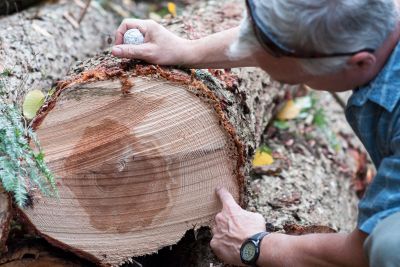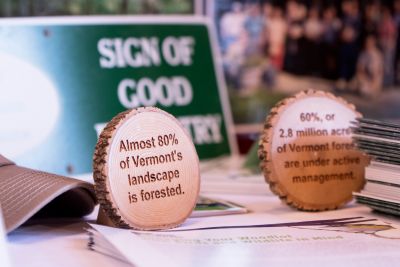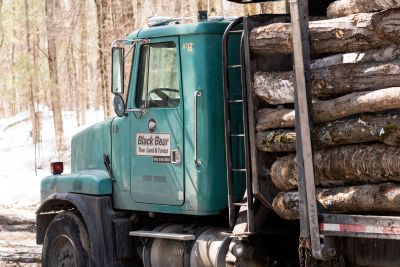Vermont Wood Facts
The value-added forest products industry is a substantial segment of Vermont's economic, cultural, historic, and natural environment. In a state that's 78% forested, is it any surprise that forest and wood products would play such an important role?
The story starts with the forest. In its infancy, the state was 90% forested but with the growth of agriculture we were reduced to just over 35% by 1900. Today, due to sustainable forest practices, the trend has reversed. There are 76,000 private landowners who own 82% of Vermont forests and 60% (2.8 million acres) is under active forest management. Vermonters are proud of this stewardship ethic.
There remain large and small sawmills in the state that produce the hardwood lumber used by many furniture makers and wood manufacturing companies. The goal is to sustainably source local whenever possible, a practice that supports the entire forest products industry from the primary tree growers to secondary producers.
Facts About the Industry:
- Vermont’s forest-based manufacturing and recreation sectors contribute $3.4 billion to the economy, and supports 20,000 jobs (2011, FPR/NESFA) ($1.5 billion/10,000 jobs from non-recreational manufacturing)
- Furniture making, moldings, turnings, and similar products employ nearly 1,600 Vermont workers
- The payroll in this sector is about $49 million annually
- Though Vermont enjoyed a peak rate of $82 million in 2000, the rate has remained fairly stable in the last few years
- Vermont’s annual economic output in the form of sales or value of shipments for the secondary wood products sector is about $143 million
Products
- Forest products made in Vermont account for over $1 billion in sales annually
- Finished furniture (both production and custom)
- Furniture components
- Cabinetry & architectural millwork
- Clapboards and flooring
- Toys & novelties
- Lumber, veneer & plywood
- Pallets, crates, and other packing and shipping materials
- Cutlery handles & other component parts
- Bowls, cutting boards & household accessories
- Birdhouses and feeders
Supporting Working Landscapes
- Forest land covers 80% of Vermont, with the majority of that being held by private non-industrial landowners. USDA Forest Service, State and Private Forestry
- Annual timber harvest is about 1/2 of annual growth. VT Department of Forests, Parks & Recreation
- Primary native species - Maple, birch, spruce and pine. VT Dept. Forests, Parks & Recreation
- Other species utilized - Red oak, ash, and cherry


